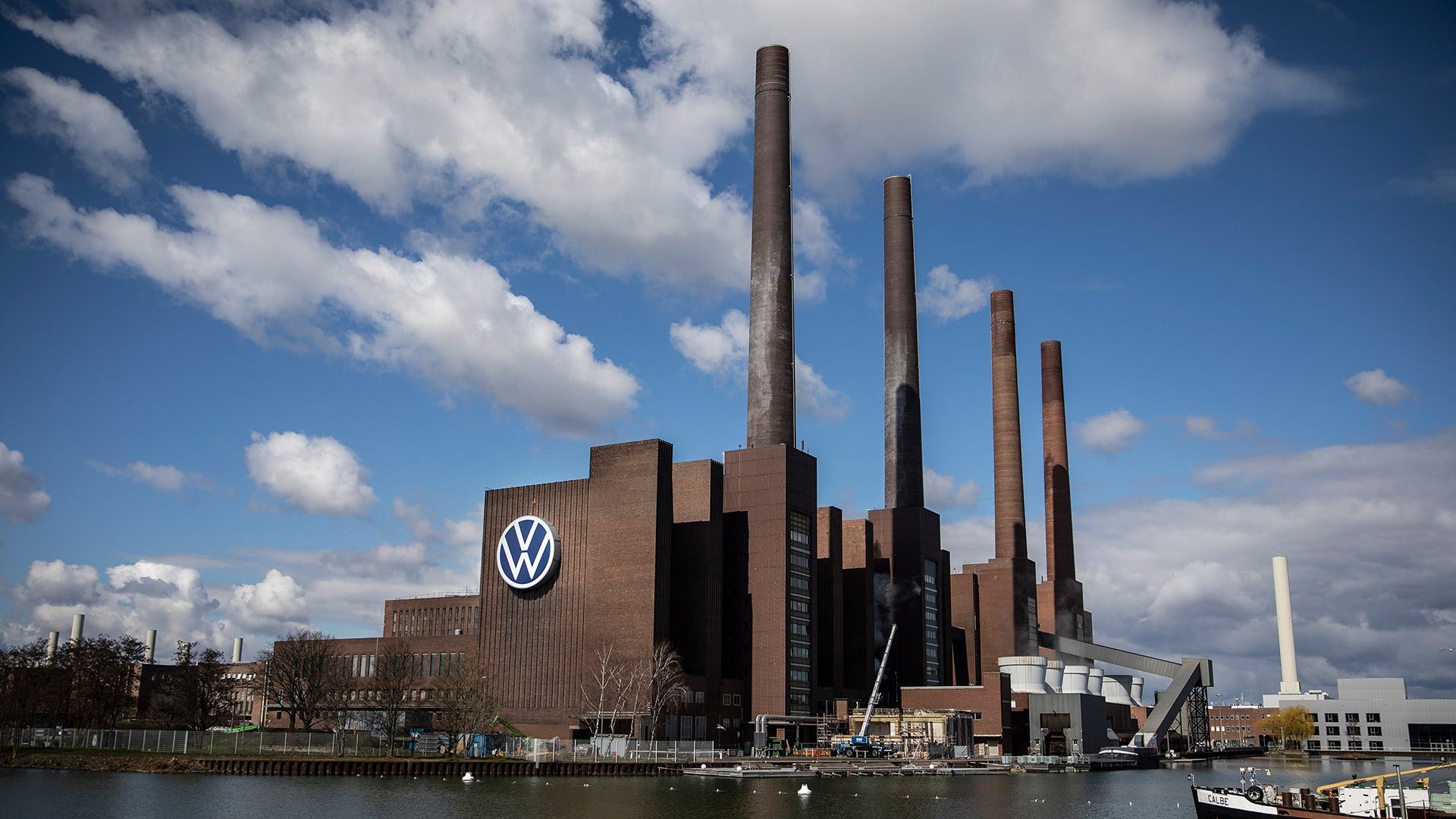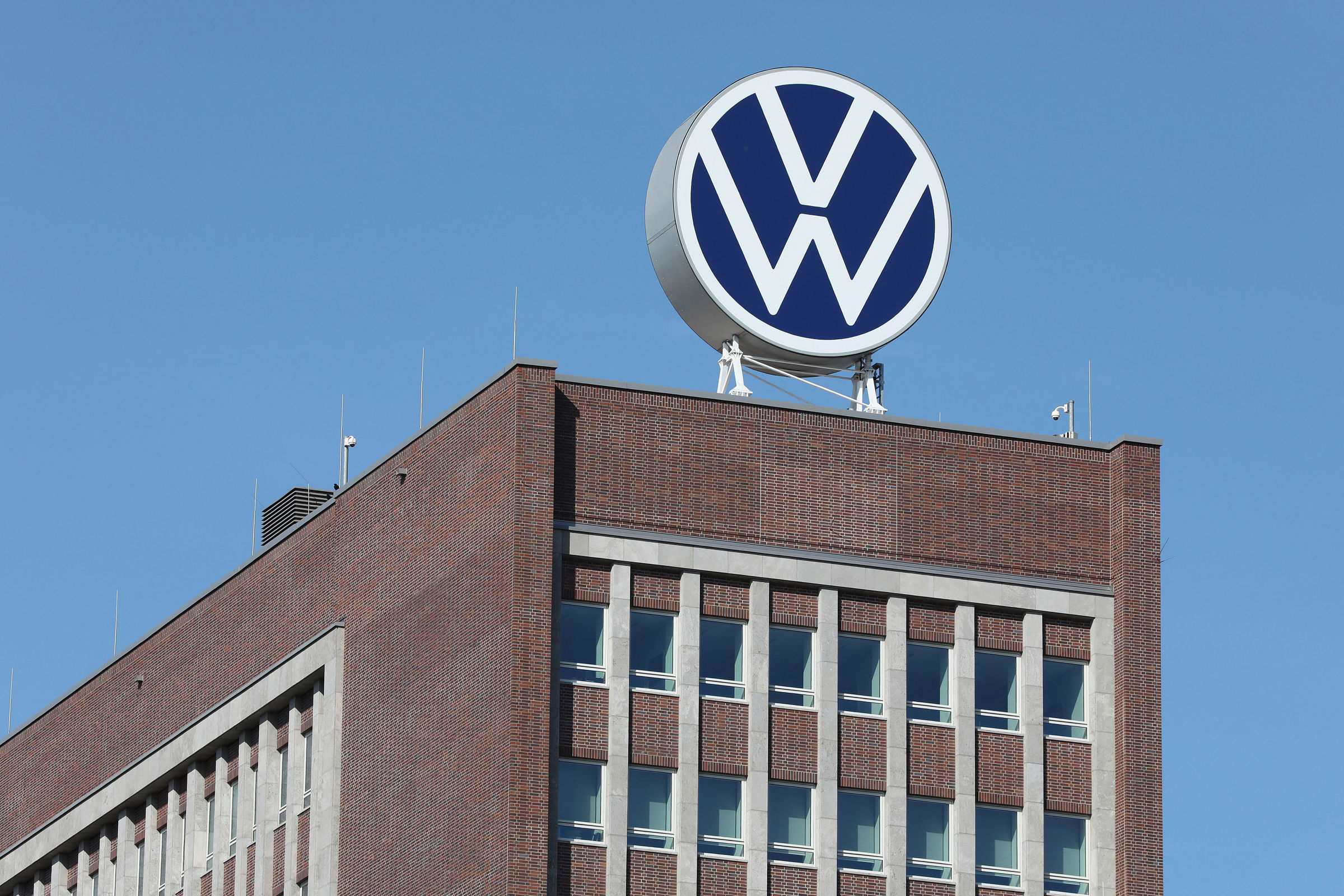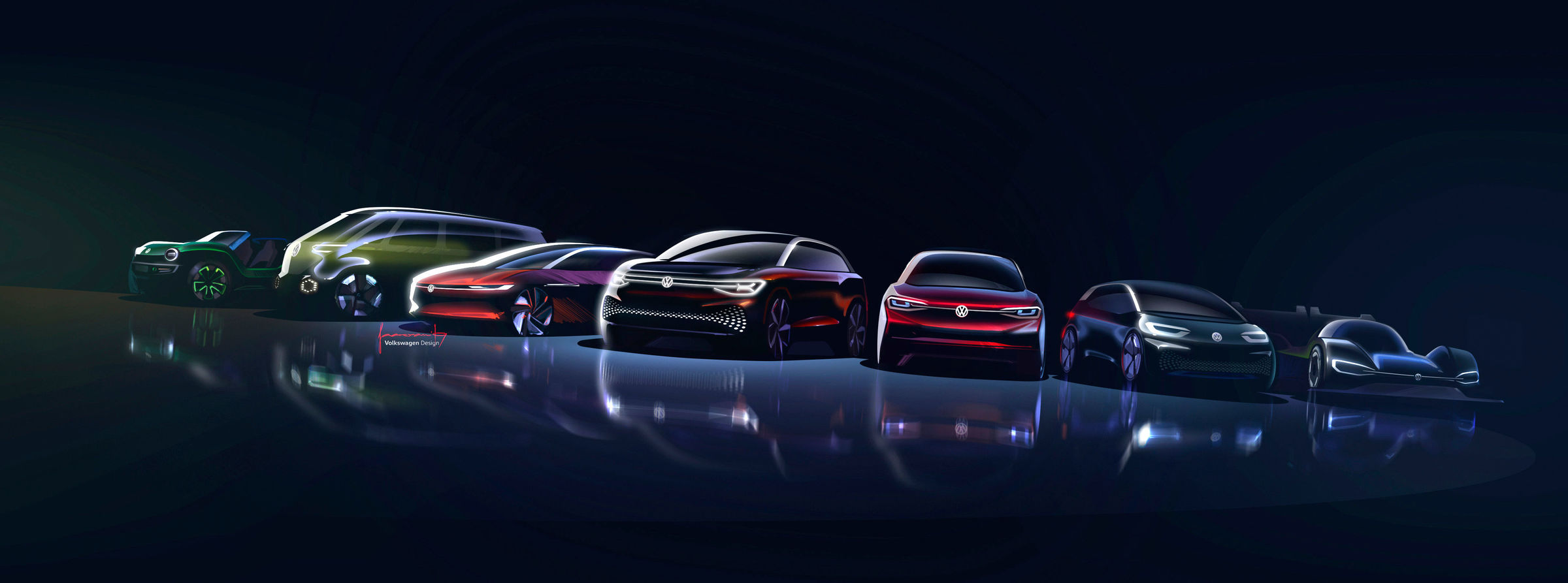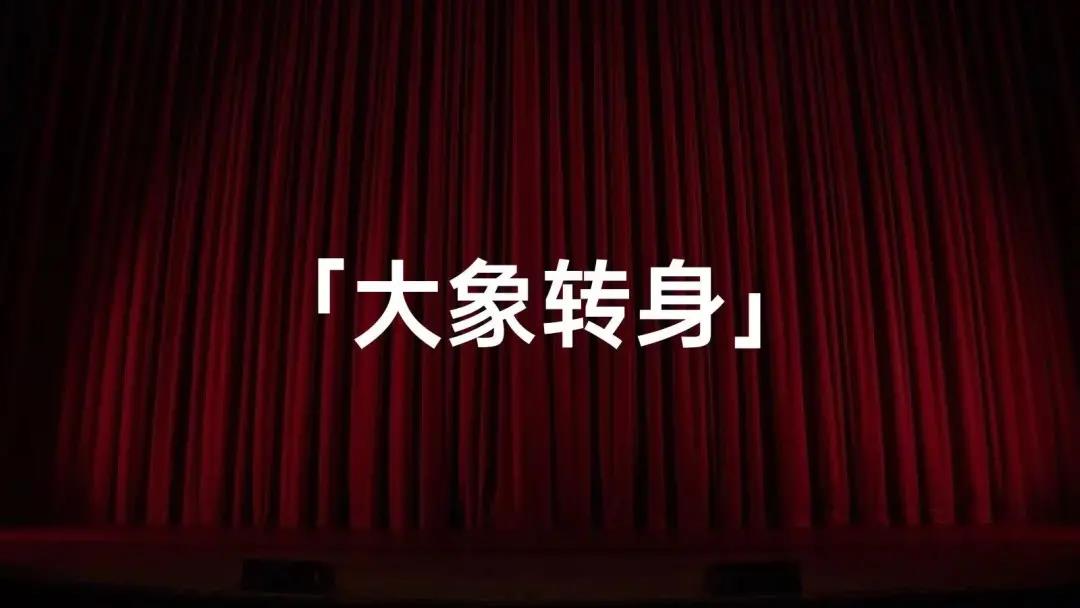On March 15th, Volkswagen announced its grand plan for battery factory construction (six factories with a total capacity of 240 GWh) and ambitious charging station construction plans at its first-ever Power Day, and presented Volkswagen Group’s battery and charging technology roadmap before 2030.
At that time, colleagues exclaimed “the wolf is coming” and conducted in-depth interpretation and analysis of the massive information released at Power Day.
And on March 5th, two weeks ago, Volkswagen released its ACCELERATE acceleration strategy, which clearly stated that it would accelerate its transformation into a “software-driven mobility supplier”. Colleagues also conducted detailed reports and various speculations.
However, whether it is Power Day or ACCELERATE acceleration strategy, many people seem to have not introduced the “Trinity” project in-depth. Out of my own curiosity, I am here to take you to “enter Trinity”.
What Is Trinity
Trinity comes from the Latin word “Trinitas”, meaning Trinity. For the “three”, Volkswagen’s interpretation is: a new electronic architecture, autonomous driving technology, and a new production and manufacturing approach.
-
Trinity, as a model, will be the first to use Volkswagen’s next-generation electronic and electrical platform – SSP (Scalable System Platform);
-
Trinity will be mass-produced in 2026, realizing direct L2+ level autonomous driving capability and can be upgraded through OTA to achieve L4 level;
-
During the Trinity project implementation process, Volkswagen’s Wolfsburg plant will be developed into an online, intelligent, and technologically advanced “model factory”.
From the above content, it seems ordinary, but each one is a key point in Volkswagen’s transformation. Below, I will take you to a deeper understanding.
New Electronic Architecture SSP
Trinity, scheduled to be mass-produced in 2026, will be the first to use Volkswagen’s next-generation electronic and electrical platform – SSP.In 2021, with an investment of 7 billion dollars, Volkswagen’s pure electric vehicle models on the MEB (Modularer E-Antriebs-Baukasten) platform have not been fully deployed yet, with only the ID.3 starting delivery in Europe by the end of 2019 and the ID.4 just recently introduced for production in China this year.
Even before the related models on the Premium Platform Electric (PPE) platform, which are positioned higher and belong to the same generation, enter into production, Volkswagen seems to be impatiently starting to develop the next generation of pure electric platform SSP.
Is MEB unreliable?
The ID.3, which experienced a large delay in delivery at the end of 2019 due to software issues, was the first player on the MEB platform. To complete the repairs, nearly 10,000 engineers “worked late into the night” to repair the software vulnerabilities, which were ultimately upgraded through OTA. Although it indicates that the initial ID.3 software system was not stable, on the other hand, it also proves that the MEB electronic electrical architecture supports OTA.
Although there are few problems with the MEB, the PPE will be even better. Volkswagen’s rush to promote the next-generation platform indicates that the advantages of SSP must be very significant. Indeed, compared to the MEB and PPE, which are currently positioned high and low, SSP has stronger scalability and unity.
First of all, the SSP platform supports various power configurations, from single electric motors to multiple electric motors, and even hub motors, to achieve various power layouts such as front-wheel drive, rear-wheel drive, or four-wheel drive. On the SSP platform, the construction of almost all brands and different models under the Volkswagen umbrella can be achieved.
SSP also draws on the advantages of both the MEB and PPE platforms, highly depends on both of their hardware, and further unifies components to achieve stronger cost sharing effects. In fact, it can be understood as the “second form” or “full version” of the MEB platform. The PPE platform has the advantage of an 800V architecture, and it is most likely that the future SSP will be compatible with an 800V architecture and Trinity will probably have a 350 kW fast charging experience.In terms of electronic and electrical architecture EEA, Volkswagen has already transitioned from a distributed architecture to a domain-based control architecture on the MEB platform, which is slightly inferior to Tesla’s “left, center, right” three area domain control architecture. Although the domain-based control architecture of MEB is already a significant achievement for Volkswagen, the functions of the 1.0 version of VW.OS equipped on MEB platform models are upgraded, but it looks more like Volkswagen’s initial replacement for existing fuel vehicles. Compared to the earlier released Tesla Model 3, the advantage of the MEB platform is too weak. Of course, this is also one reason why Volkswagen is eager to launch SSP.
Clearly, Volkswagen’s target has locked onto the final centralized control domain architecture. In the upcoming Trinity, we will see an advanced version of Volkswagen’s domain control architecture. Bold speculation says that Trinity is likely to be a milestone work that will achieve Volkswagen’s ultimate EEA goal.
In fact, within the Audi brand, there is a project named Artemis, which is also based on the SSP platform like Trinity. It even debuted earlier than Trinity and can be considered the “big brother” of Trinity, scheduled to start production in 2024.
From this point, vehicles with gradually descending positioning launched on the same platform. Volkswagen’s strategy is very similar to Tesla’s. If we boldly compare Audi’s Artemis with Tesla’s Model S and Trinity’s target to Model 3, Volkswagen is eager to have a “close-range fight” with Tesla on the new SSP platform.
Furthermore, Volkswagen has an advantage in its ability to develop different brand styles on the same platform. This has already been demonstrated to the fullest extent in the era of fuel vehicles. The differentiation of vehicle models under the same platform and different brands is a matter I am not concerned about in the future.
The Future of Volkswagen’s Autonomous Driving
According to Volkswagen’s official plan, Trinity will be mass-produced in 2026, achieving the L2+ level of autonomous driving technology directly and can be upgraded to L4 level via OTA. This is similar to the “hardware-first” product thinking of Chinese new car makers. However, information about Trinity’s autonomous driving perception hardware and controllers is not yet known. My speculation is that Trinity’s controllers and even some perception hardware may be replaceable and upgradable.As for why this is being done, it is not simply to “be trendy”. Taking the Model 3 as an example, since its release in 2016, this model has sold for 5 years and its sales volume in the global market is still expanding, in addition to some version updates through remote OTA, it has continuously updated various functions and maintained its leading position in autonomous driving. Even after the release of FSD, the customer’s controller chip was directly replaced with HW 3.0 to meet the needs of longer OTA updates.
The strong vitality of the Model 3 and its OTA autonomous driving capability are major disruptive impacts for all traditional automakers. They never thought that a car could grow with time.
However, from the perspective of the fierce competition in the Chinese market, the already released NIO ET7 and the two models of IM, etc., all plan to have hardware that can meet L4 installed by 2022. In this regard, the time schedule for Volkswagen’s Trinity is indeed somewhat delayed.
Ralph Brandstätter, CEO of Volkswagen, stated that in the future, through the mass sales of Volkswagen models, they will establish a “neural network” to achieve real-time traffic information exchange and sharing (currently, DiDi has already launched the “Thousand-Mile Eye” function in China, which can achieve real-time sharing of traffic conditions).
This may be thinking about future travel modes, alleviating traffic pressure, and saving time. In addition, by utilizing the sales scale of Volkswagen to collect more complex usage scenario information, it can make the OTA cycle of the model shorter and facilitate the accumulation of data in the “shadow mode”.
“Model Factory”
Trinity will be produced in Volkswagen’s Wolfsburg factory, and at the same time, the Wolfsburg factory will be transformed into an online, intelligent, and advanced model factory for Volkswagen.

Brandstätter stated that they will “rethink” the automotive production method. The Wolfsburg factory will introduce a “revolutionary” production method in the construction of the Trinity project. Digitization, automation, and lightweight structure will play an important role in the Wolfsburg factory.Volkswagen CEO Herbert Diess said, “The Trinity project will completely change Volkswagen, especially the Wolfsburg factory. Our most traditional and oldest factory will face competition with Tesla’s new factory in Gruenheide. This is a huge challenge, but we accept it!” In December last year, Diess said that he would significantly improve the production efficiency of the Wolfsburg factory and shorten the vehicle manufacturing time to within 10 hours. Currently, the production time of the Tiguan is about 20 hours at the Wolfsburg factory, which is consistent with Tesla’s goal.
Diess proactively benchmarked Tesla’s Giga 3 factory near Berlin as his future “model factory.” Giga is a “replicable,” “rapid iteration,” and “scalable” “production machine.”
As Volkswagen’s “Giga,” the Wolfsburg factory indeed needs to become a “model factory” for Volkswagen’s new generation of electric vehicle manufacturing. Although Trinity has not yet been “born,” Volkswagen has planned to replicate the experience of successfully creating Trinity at the Wolfsburg factory to Volkswagen factories worldwide.
Regarding the construction of Volkswagen’s new factories, let’s look at China. SAIC Volkswagen’s MEB “exclusive factory,” which cost 17 billion yuan to build, just completed the process prototype car offline last November. FAW-Volkswagen’s Foshan factory completed its renovation and upgrade almost at the same time. At the end of last year, Volkswagen also invested 20 billion yuan in a joint venture factory with JAC in Hefei. Also, in the same year, First Automobile won the PPE platform and is expected to be put into production in 2024.
If Trinity is implemented as planned, the arrival time of the SSP platform will be advanced to around 2025. Therefore, Volkswagen may not build new factories in China but upgrade the existing MEB and PPE factories to meet production needs.
And in 2025, Volkswagen will bring SSP much earlier than planned in “the middle of this century.” So it is reasonable to believe that the Wolfsburg “model factory” will bring Volkswagen Group production advantages similar to Giga’s “upgradability” and “rapid iteration.”
Trinity will lead the Volkswagen brand to rise further.
According to foreign media’s speculation, the size of the Trinity model’s size is roughly between Volkswagen’s ID.3 and the mysterious Aero-B, with a starting price of about 35,000 euros. It is not difficult to see that Trinity, from its size to its price, does not seem to be Volkswagen’s “flagship.”
Regarding the overall Trinity project, Ralph Brandstätter, CEO of Volkswagen, referred to it as the “lighthouse project” of ACCELERATE strategy and called Trinity the “software dream car”.
Here comes the contradiction: Volkswagen executives have given Trinity high praise, but as a model, Trinity’s size and price are not high, so is Trinity really a flagship?
Let’s add a long modifier to “flagship”. First of all, Trinity is the flagship of the Volkswagen brand, otherwise Audi’s Artemis will not be happy.

For the Volkswagen brand, Trinity has great brand-enhancing significance. In fact, at this moment, Volkswagen is practicing this through the ID. family. The lowest price of the ID.3 in Europe is 23,000 euros, equivalent to about 180,000 RMB. It is expected that ID.3, as the most popular and lowest-priced model in the Volkswagen brand or MEB, has raised the average selling price of the Volkswagen brand by a lot.
If Trinity can achieve a price of around 350,000 RMB, it will directly set the tone for the Volkswagen brand’s upwards movement, and the new Volkswagen logo will truly become “luxurious”.
Of course, this is all optimistic predictions. Do you still remember the latest experiment of the Volkswagen brand to challenge the high-end market? It is the Volkswagen Phideon. As the first full-size luxury sedan under the Volkswagen brand, its competitors are the Mercedes-Benz S-Class, BMW 7 Series, and its own Audi A8. Equipped with various configurations such as W12, 4motion, and air suspension, it has a “cost-effective” advantage, but consumers are not buying it.
However, the appearance of the Model 3 has once again ignited the Volkswagen brand’s dream of challenging the high-end market. A low-cost, rough workmanship, and non-luxury interior have made Tesla “worried” because of too many orders. Volkswagen also wants to have such “worries”!
Trinity: Volkswagen’s most important graduation dance
As the helm of Volkswagen’s transformation, Diess was called by his Pierburg as a “tough restructurer”, “advocate of electric vehicles”, and “strong critic of unions”. During his tenure as CEO of the Volkswagen brand, he directly cancelled the Phideon project.
The wave of “Learning Tesla” has officially reached its climax ever since the production capacity of Model 3 has soared. In public places and even on the internet, Diess generously compliments Ma Yilong and Tesla. However, secretly, he delayed the PPE project after dismantling and disassembling the Model 3.
“When you know enough, you become more afraid.” Tesla’s control over its astonishing cost and its electricity and electronics architecture’s astonishing “simplicity” have made the public and other carmakers doubt their own car-making capabilities. This is, of course, due to Tesla’s recruitment of top talents from Silicon Valley’s technology circle, Artificial Intelligence, traditional manufacturing and other industries. After going through hardships, Tesla has crafted a “sword” that makes all gasoline car companies scared.
In the Trinity Trinity, there are three-in-one: a brand new electron architecture, automatic driving technology, and a brand new production and manufacturing method. Each one corresponds to Tesla one by one. Therefore, Trinity can be regarded as Volkswagen’s true “graduation work” after transforming itself just as Model 3 is to Tesla.
Starting from Trinity, Volkswagen will compete with Tesla in the same competition channel. However, during the graduation ceremony, there would be many excellent classmates. Whether Volkswagen can stand out or not depends on whether Trinity dances perfectly and beautifully.
This article is a translation by ChatGPT of a Chinese report from 42HOW. If you have any questions about it, please email bd@42how.com.
